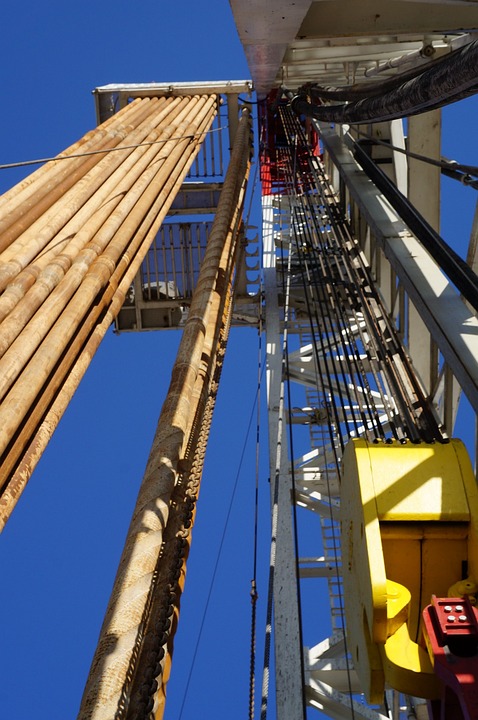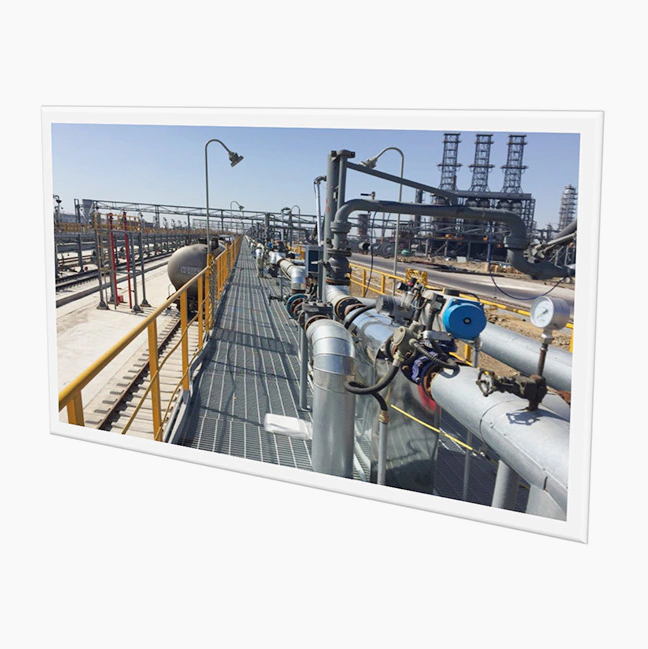Ultrasonic Magnetic Vortex Flow Meter Manufacturer, Sure We Are, Sure To Be Better | ✉ overseas@suremeter.com
Ultrasonic Magnetic Vortex Flow Meter Manufacturer, Sure We Are, Sure To Be Better | ✉ overseas@suremeter.com
In the vast and dynamic realm of oil and gas extraction, the management of water systems is a critical yet often overlooked aspect of field operations. This involves the intricate balance of water supply and drainage, ensuring that the oilfield's water needs are met without compromising the integrity of the environment or the efficiency of production processes. This article will explore the essential processes and steps involved in flow and level control within oilfield water system engineering, highlighting the application of various flow meters.
Oilfield water system engineering encompasses both water supply and drainage systems, which are vital for the operation and sustainability of oil and gas extraction. Water is increasingly used in various stages of production, from drilling to enhanced oil recovery techniques, and its management is paramount.
Water supply systems in oilfields include underground and surface water sources. As the demand for water in oil production rises, it is crucial to supplement and regulate the water supply effectively. This involves the use of various instruments to measure and control the flow and level of water to ensure optimal usage.

Drainage systems are designed to collect and dispose of rainwater, meltwater from snow and ice during the spring thaw, as well as industrial and domestic wastewater. Proper drainage is essential to prevent environmental contamination and to maintain the operational integrity of the oilfield.
Flow meters are indispensable in measuring the rate of fluid flow, which is crucial for both water supply and drainage systems. Here's a closer look at some of the key flow meters used in oilfield water system engineering:
1. Gas Turbine Flow Meter: This type of flow meter measures flow by sensing the drag on a rotor placed in the fluid stream. The rotation speed of the rotor is directly proportional to the flow rate, making it suitable for high-precision applications.
2. Gas Roots Flow Meter: Known for its accuracy and reliability, the Roots flow meter uses a pair of rotating lobes to measure the volume of fluid. It is particularly useful in applications where a high degree of repeatability is required.
3. Ultrasonic Flow Meter: Ultrasonic flow meters operate on the principle of transmitting ultrasonic waves through the fluid. The flow rate is determined by the change in the time of flight (or the frequency shift) of the ultrasonic signals. These meters are non-invasive and suitable for a wide range of fluids, including those with high viscosity or containing particles.
4. Coriolis Mass Flow Meter: This advanced meter measures the mass flow rate of a fluid by correlating the fluid's mass with the natural vibration frequency of a flow tube through which the fluid passes. It is highly accurate and capable of measuring the flow rate of a wide variety of fluids.

5. Electromagnetic Flow Meter: Utilizing the principle of electromagnetic induction, electromagnetic flow meters measure the velocity of conductive fluids without any mechanical obstructions in the flow path. They are ideal for applications where the flow of water needs to be measured with high accuracy and reliability.
Effective flow and level control in oilfield water system engineering is essential for maintaining the balance between the needs of oil production and environmental stewardship. The selection and application of the appropriate flow meters are critical to achieving this balance. From the precision of the Coriolis Mass Flow Meter to the non-invasive nature of the Ultrasonic Flow Meter, each instrument plays a unique role in ensuring that water is managed efficiently and sustainably.
Copyright © 2025 Tianjin Sure Instrument Co., Ltd. | All Rights Reserved 津ICP备08002549号-2
Hello, please leave your name and email here before chat online so that we won't miss your message and contact you smoothly.